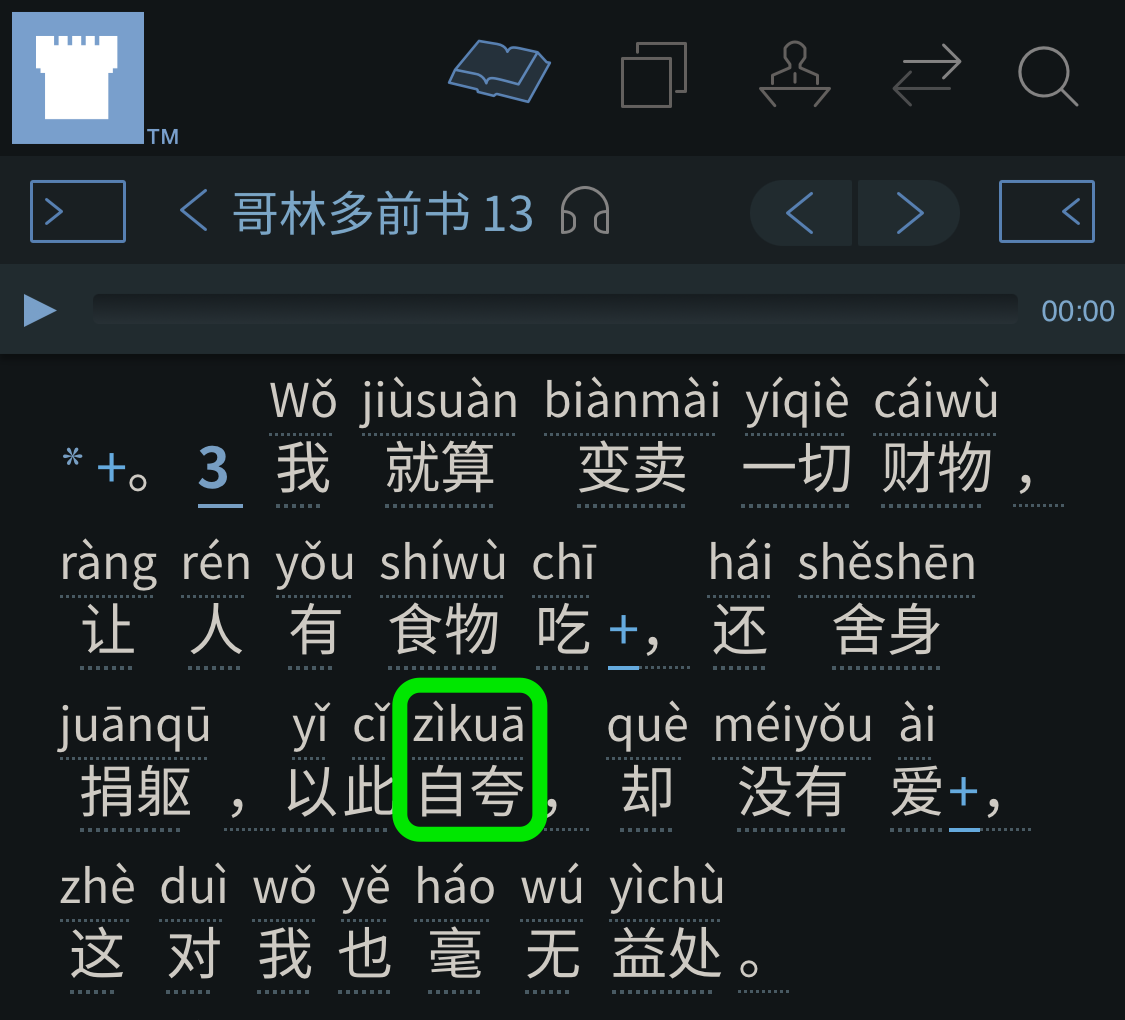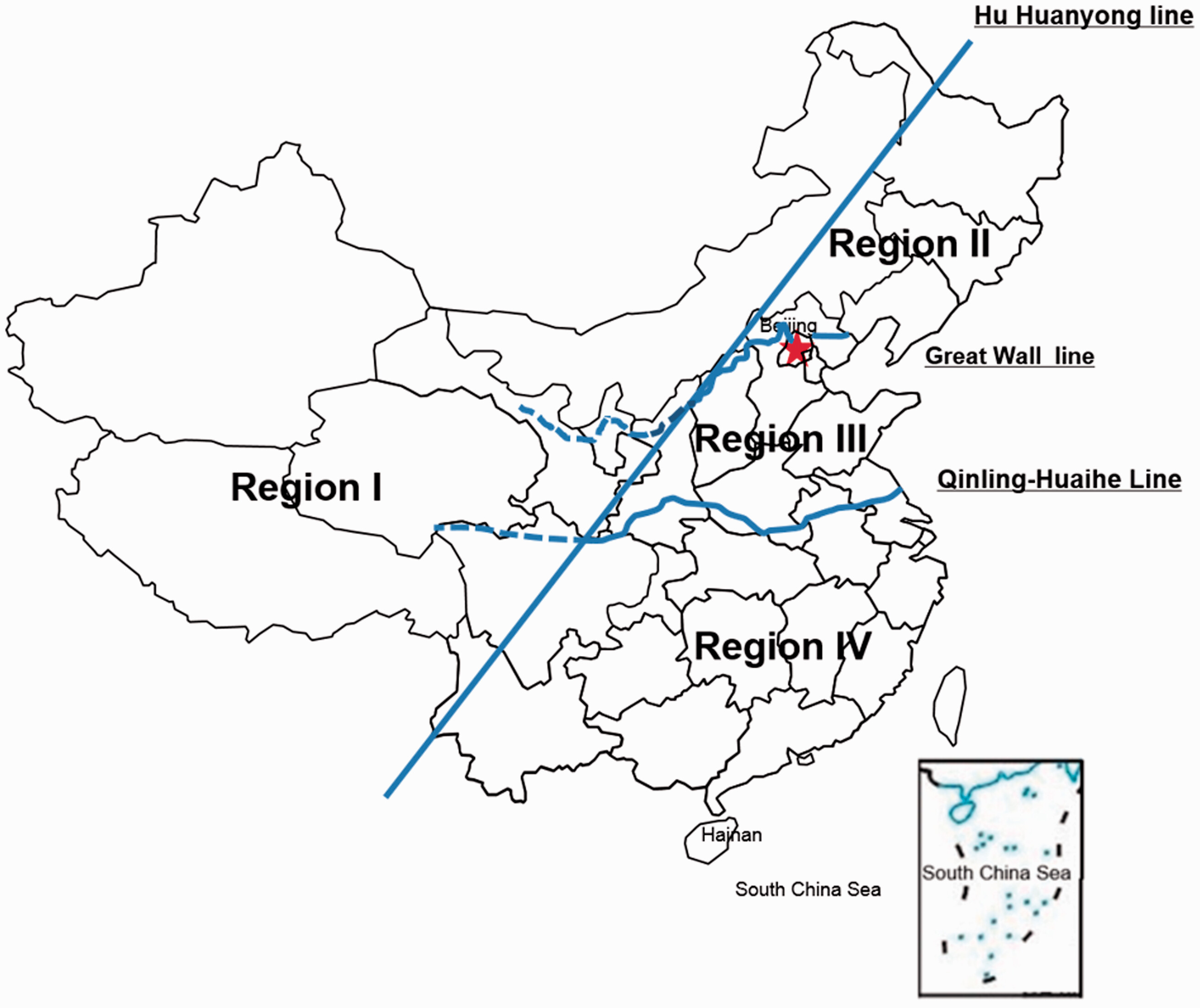jiànshi (jiàn·shi [(getting to be)] {seeing → [meeting with; being exposed to]} · knowing [→ [[widening/enriching] knowledge/experience/sensibleness/insight]] 见识 見識) ← Tap/click to show/hide the “flashcard”
[Notes: Tap/click on a Pīnyīn (Pīn·yīn {Piecing Together of} · Sounds → [Pinyin] 拼音) expression to reveal its “flashcard”; tap/click on a “flashcard” or its Pīnyīn (Pīn·yīn {Piecing Together of} · Sounds → [Pinyin] 拼音) expression to hide the “flashcard”. 📖 📄 📘 icons mean 📖 Reveal All, 📄 Reveal Advanced, and 📘 Reveal None re all the “flashcards” in the heading, paragraph, etc. that they are placed at the beginning of.]
A few years back, I wrote up a brief web page listing reasons for producing Pīnyīn (Pīn·yīn {Piecing Together of} · Sounds → [Pinyin] 拼音), etc. material for the Imitate (ia) book. Some, especially some who grew up in the West, may have felt that this book is made up of “just stories”, and ones that they were already quite familiar with, at that. However, we must remember that Chinese Bible students may often have a different perspective regarding the Bible accounts that are made to come to life in the Imitate book. As that web page said:
- Many Chinese people in the world have not been exposed to Bible accounts the way many Westerners have.
- Also, I have heard that some, perhaps many, Chinese Bible students tend to approach their Bible studies like intellectual exercises for accumulating chōuxiàng (abstract) head knowledge as if for a school exam, rather than as training for their hearts for their own real lives.
Later, the web page touches on how some of the real-world benefits of good storytelling like that found in the Imitate book involve empathy:
- …
- The actress Natalie Portman once said, “I love acting. I think it’s the most amazing thing to be able to do. Your job is practicing empathy. You walk down the street imagining every person’s life.”
- The Imitate book helps build Bible students’ empathy towards Bible characters, which in turn helps Bible students realize that others would feel empathy towards them as well if they imitated these Bible characters—not everyone will just think they’re crazy, like many worldly friends or family members might think.
While even fictional stories can have the benefits described in the links and the quote above, true stories from the Bible can have even greater benefits, including spiritual ones.
Besides the Imitate book, another book from Jehovah’s organization that relates Bible accounts is the Learn From the Bible (lfb) book. The letter from the Governing Body in this book says that, similarly to the Imitate book, the Learn From the Bible book also “brings the Bible accounts to life and captures the feelings of those depicted”, while, unlike the Imitate book, it “tells the story of the human family from creation onward”. While the Learn From the Bible book is especially suitable for children, the letter from the Governing Body in this book says that “it can also be used to help adults who desire to learn more about the Bible”. So, it would be good to consider on this blog some of the expressions used in the Mandarin Learn From the Bible book.
“I Will Make Them Know”
This week’s MEotW, “jiànshi (jiàn·shi [(getting to be)] {seeing → [meeting with; being exposed to]} · knowing [→ [[widening/enriching] knowledge/experience/sensibleness/insight]] 见识 見識)”, appears in the current Mandarin version of the New World Translation Bible in Jeremiah 16:21, which is quoted in Lesson 19 of the Mandarin Learn From the Bible book (WOL), entitled “Tóu (Head → [First] 头 頭) Sān (Three 三) Chǎng ([mw for recreational, sports, or other activities] 场 場/塲) Zāiyāng (Calamities → [Plagues] 灾殃 災殃)” (“The First Three Plagues”):
“So I will make them know,
At this time I will make them know my power and my might,
And they will have to know that my name is Jehovah.”
Mandarin (WOL, Pīnyīn (Pīn·yīn {Piecing Together of} · Sounds → [Pinyin] 拼音) Plus):
📖 📄 📘 “Suǒyǐ (Suǒ·yǐ {that which} · {is the reason} → [so] 所以) wǒ (I 我) yào (will 要) ràng (make 让 讓) tāmen (tā·men him/her · [pl] → [them] 他们 他們) zhīdào (zhī·dào know · {(the) way (of it)} → [know] 知道),
Zhè (this 这 這) yí (one 一) cì (time 次), wǒ (I 我) yào (will 要) ràng (make 让 讓) tāmen (tā·men him/her · [pl] → [them] 他们 他們)
Jiànshi (Jiàn·shi {see → [be exposed to]} · know 见识 見識) wǒ de ((wǒ me 我) (de ’s 的) → [my]) dà (big → [great] 大)‐néng (ability 能)‐dà (big → [great] 大)‐lì (power 力),
Tāmen (Tā·men he/she · [pl] → [they] 他们 他們) jiù (then 就) zhīdào (zhī·dào {will know} · {(the) way (of)} → [will know] 知道)
Wǒ de ((Wǒ me 我) (de ’s 的) → [my]) míngzi (míng·zi name · word → [name] 名字) shì (is 是) Yēhéhuá (Jehovah 耶和华 耶和華).”
The “jiàn (see [→ [meet with; be exposed to]] | seeing → [view (opinion)] 见 見)” in “jiànshi (jiàn·shi [(getting to be)] {seeing → [meeting with; being exposed to]} · knowing [→ [[widening/enriching] knowledge/experience/sensibleness/insight]] 见识 見識)” is a well-know expression that basically means “see”. It some contexts, it can effectively mean “be exposed to”. The other morpheme in “jiànshi (jiàn·shi [(getting to be)] {seeing → [meeting with; being exposed to]} · knowing [→ [[widening/enriching] knowledge/experience/sensibleness/insight]] 见识 見識)” also appears in the well-known expression “rènshi (rèn·shi [(get)] {to recognize} · {to know} 认识 認識)”, and it means “know”. In the context of Jeremiah 16:21, it seems that “jiànshi (jiàn·shi [(getting to be)] {seeing → [meeting with; being exposed to]} · knowing [→ [[widening/enriching] knowledge/experience/sensibleness/insight]] 见识 見識)” effectively means “be exposed to, know”.
Imaginary vs. Real Power
The verse just before Jeremiah 16:21 tells us that the false gods that humans make for themselves were at issue:
Can a man make gods for himself
When they are not really gods?
In Moses time, the gods of the Egyptians were powerful in the imaginations of the Egyptian people, but through the plagues that he brought upon the Egyptians, Jehovah showed that actually, he was powerful in reality.
As Mandarin field language learners, we are exposed to the worldly admonition to devote ourselves to Chinese characters, those intricate visible avatars of Chinese language and culture. However, modern linguistics (language science), along with God’s Word the Bible, expose Chinese characters as false linguistic “gods”, mere secondary players at best, compared to speech, which is the true primary aspect of any human language.—1 Corinthians 14:8–11.
Jehovah’s Powerful Gift of Speech
Let us in a positive way get to know Jehovah’s power, including the power he put into his creations, such as the gift of speech. In contrast, writing is merely a human invention that’s based on Jehovah’s gift of speech:
Lauren: I think that is one of the things that makes it really hard for people who grow up in highly literate, highly educated societies to tease writing and reading apart from language. But actually, when you step back, you realise that writing is actually super weird.
Gretchen: It’s so weird! It’s this interesting – it really is a technology. It’s a thing you do on top of language to do stuff with language, but it’s not the language itself. There are thousands and possibly millions of languages that have never been written down in the history of humanity. We have no idea. We’ve never met a society of humans, or heard of a society of humans, without language. But those are spoken and signed languages, which are just kind of there. Writing, by contrast, was invented somewhere between 3 and 4 times in the history of humanity.
Human inventors sometimes have the humility to admit that they were standing on the shoulders of giants. Well, Jehovah, who created human speech, is indeed a giant, upon whose shoulders the puny human inventors of writing were standing!
As an example of the power of Jehovah’s gift of speech, consider what Matthew 7:28 says about how powerfully Jesus spoke to those he taught in his ministry:
When Jesus finished these sayings, the effect was that the crowds were astounded at his way of teaching,
Yes, while the human-invented Chinese characters have captured the imaginations of many people, and while these people imagine characters to be powerful, what most powerfully praises Jehovah and moves people’s hearts in reality is Jehovah’s gift of speech, when wielded skilfully as Jesus wielded it.
Purposefully Focusing on Speech
How can we similarly speak powerfully in Mandarin to those we meet in the Mandarin field? We can be helped to directly and purposefully reach this goal, to personally jiànshi (jiàn·shi {see → [be exposed to]} · know 见识 見識) or know the power of Jehovah’s gift of speech, if we focus on developing the invisible but powerful skill of speaking well in Mandarin, rather than allowing ourselves to fall for the alluring but silencing diversion of the visible Chinese characters.
(Of course, the current reality is that some spiritual information is still only available in characters, although Jehovah’s organization has been making more and more material available with Pīnyīn (Pīn·yīn {Piecing Together of} · Sounds → [Pinyin] 拼音). From my experience, I recommend in general that Mandarin field language learners use Pīnyīn (Pīn·yīn {Piecing Together of} · Sounds → [Pinyin] 拼音) when they can, and that they just use characters when they have to.)
While as a writing system, characters do ultimately represent Mandarin speech, they do so in such an unnecessarily complex and hard-to-deal-with way that the characters end up actually stifling and stultifying Mandarin speech. In contrast, unlike the Chinese characters that demand attention for themselves so that people can admire—and be able to cope with—their complexity and fancy visual designs, Pīnyīn (Pīn·yīn {Piecing Together of} · Sounds → [Pinyin] 拼音) simply and directly helps us to actually focus on the Mandarin manifestation of Jehovah’s powerful gift of speech, and it helps us without distraction to develop our ability to use it well.
So, don’t just privately study Chinese characters. Listen closely to the Mandarin speech of those who speak it well. Try to get a sense of the sound and “feel” of good spoken Mandarin. Practise speaking Mandarin out loud when you can. (It may feel strange and uncomfortable at first, but if you stick with it, you’ll get used to it.) Don’t ignore or neglect Mandarin tones, which are as essential to Mandarin as vowels sounds are to English. Ask for and accept advice from those who speak Mandarin well about how to improve your spoken Mandarin. Don’t let yourself be intimidated by character snobs and traditionalists into not using Pīnyīn (Pīn·yīn {Piecing Together of} · Sounds → [Pinyin] 拼音). Instead, make good use of this modern alphabetic full writing system that lets you focus on Mandarin speech itself. As you take purposeful and practical steps such as these, you will be helped to in the Mandarin field imitate Jesus’ way of using Jehovah’s powerful gift of speech.
For convenience:
The direct link for the Pīnyīn (Pīn·yīn {Piecing Together of} · Sounds → [Pinyin] 拼音) Plus resource for the Learn From the Bible book is:
The short link for Chinese field language-learning links for the Learn From the Bible book is:
More Pīnyīn (Pīn·yīn {Piecing Together of} · Sounds → [Pinyin] 拼音) and Pīnyīn (Pīn·yīn {Piecing Together of} · Sounds → [Pinyin] 拼音) Plus web material based on the Mandarin Learn From the Bible book will be made available in the Pīnyīn (Pīn·yīn {Piecing Together of} · Sounds → [Pinyin] 拼音) Plus web resource as time allows.

